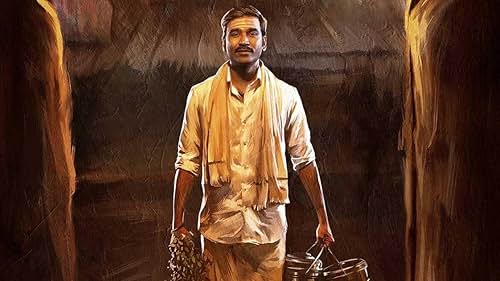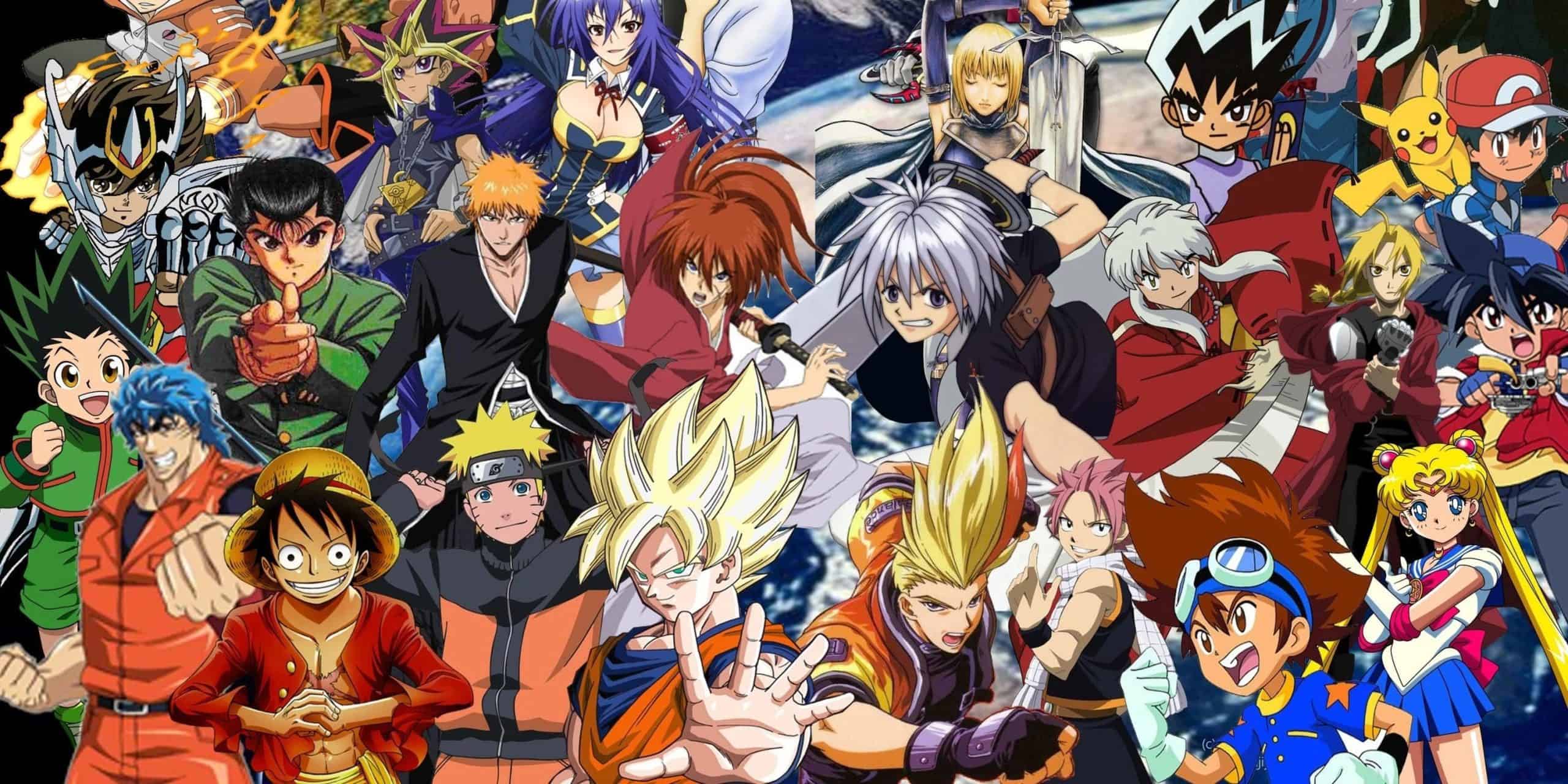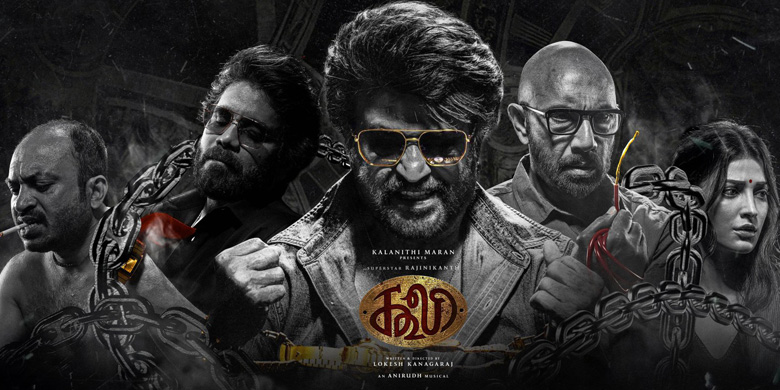When I walked into the theater to watch Kantara: A Legend – Chapter 1, I had big expectations. The first Kantara film left a strong mark, blending folklore with divine energy. This time, the director and lead actor, Rishab Shetty, takes us deeper—into a time long before the first story. Set in ancient India during the Kadamba dynasty, this film unpacks the roots of the legend, diving into a world of spirits, soil, and sacred tradition.
Let’s break down what makes this prequel a powerful, yet uneven, cinematic ride.
Plot Summary: Myth, Wilderness, and Ancestry
The story takes us back centuries to explore the origin of Kaadubettu Shiva, the fiery spirit we first met in the original film. But here, he’s not a hero yet. He’s a young man tied to mysterious forest traditions, ancient rituals, and divine responsibilities passed down by his bloodline.
Set deep in the untamed wilderness, the movie brings tribal beliefs and ancestral myths to life. There’s a strong presence of Bhuta Kola and spiritual possession, where gods are believed to enter human bodies. It’s not just a story—it’s a cultural experience, showing the connection between man, nature, and the supernatural.
Direction & Writing
Rishab Shetty is not just acting here—he’s building a whole world. His direction feels raw, detailed, and rich in emotion. You can see the love he has for native traditions and Dravidian culture. The movie captures the spirit of the land, the people, and their forgotten lore.
But the writing isn’t perfect. The first half feels slow. Too much time is spent on character introductions and world setup. Some scenes drag with forced humor and unnecessary romance. Thankfully, the pre-interval twist grabs your attention and sets the stage for a gripping second half.
Performances & Character Arcs
Rishab Shetty gives a powerful performance. He doesn’t just act—he transforms. His eyes speak pain, pride, and possession. It’s almost spiritual.
Rukmini Vasanth plays Kanakavathi, a graceful queen-like character with strong emotional depth. But her character isn’t given enough space to shine.
Gulshan Devaiah, as the antagonist Kulashekara, delivers a grounded performance with a quiet menace. The supporting cast—Jayaram, Mime Ramdas, Pramod Shetty—each add layers to this spiritual tale.
Visuals, VFX & Cinematography
If I had to describe this film in one word, it would be “majestic.” The cinematography is stunning. Forests aren’t just backgrounds here—they’re alive, sacred, and watching. Every frame feels like a painting dipped in soil and sunlight.
The VFX and CGI are top-notch. From divine visions to sacred rituals, the visuals are both believable and beautiful. The production design brings ancient India to life—with traditional homes, costumes, and ritual setups that look authentic.
Music, Background Score & Sound Design
The background score is a mix of tribal beats and spiritual chants. It rises and falls with the emotion on screen. Sometimes it’s haunting, other times uplifting.
But the songs themselves don’t stay with you for long. They fit the mood, but none stand out like in the original Kantara. Still, the sound design—especially during the possession scenes—makes your skin crawl (in a good way).
Themes & Symbolism
This isn’t just a movie. It’s a spiritual journey. It talks about ancestral duty, the divine connection to land, and the conflict between belief and ambition. One unique thing here is how it mixes Dravidian tribal beliefs with mainstream Hindu mythology.
That blending works most of the time, but some may find it a little confusing. The line between faith and fantasy gets blurry. Still, the film boldly celebrates Bhuta worship, ritual dances, and spiritual warfare, giving voice to a culture rarely seen on screen.
Critical Reception & IMDb Rating
The audience and critics are divided—but impressed. On IMDb, the film holds an 8.8/10 rating, based on nearly 29,000+ user reviews.
Here’s what people are saying:
- “A visual storm. Rishab Shetty is possessed on screen.”
- “Slow start, but a mind-blowing climax.”
- “Beautifully made, but could’ve used tighter editing.”
Even those who didn’t love everything about the movie agree on one thing—it needs to be seen in theaters to feel its full impact.
Box Office Performance
The movie has already made $540,000 globally, which is a strong start considering its cultural roots and regional focus. With growing word-of-mouth, especially from fans of the original Kantara, it’s likely to keep climbing.
Comparison with Kantara (2022)
While Kantara (2022) was intimate and emotional, Chapter 1 is epic in scale. It opens up the myth, gives it history, and paints it on a bigger canvas.
Where the first film was personal and rooted in one village, this one is a panoramic prequel—a saga of kingdoms, spirits, and destinies.
Still, it lacks the tight, raw energy of the original. It’s more ambitious, but not always as emotionally gripping.
Final Verdict: Should You Watch It?
If you loved Kantara, you’ll want to see this. It expands the story, deepens the legend, and offers a rare look into India’s tribal spiritual world. Just go in with moderate expectations for the pacing and script.
And yes, watch it in theaters. The sound, visuals, and energy are meant for the big screen.
FAQs
Q: Is Kantara: Chapter 1 a prequel?
Yes. It tells the story of Kaadubettu Shiva’s ancestry during the Kadamba dynasty.
Q: Is the film based on real traditions?
It draws heavily from Bhuta Kola rituals, Tulu Nadu folklore, and South Indian tribal culture.
Q: Will there be a Chapter 2?
It seems very likely, given the story’s open ending and fan interest.
Q: Is it okay for non-Kannada speakers?
Absolutely. The film is dubbed in Hindi, Telugu, Tamil, Malayalam, and English subtitles are available too.




